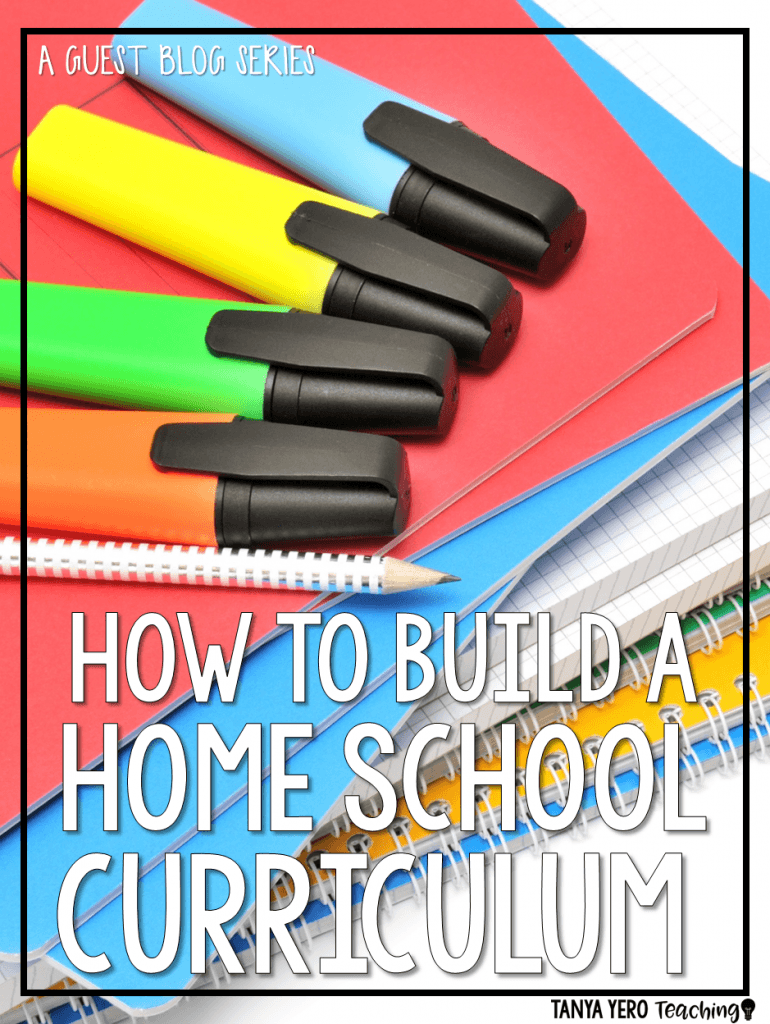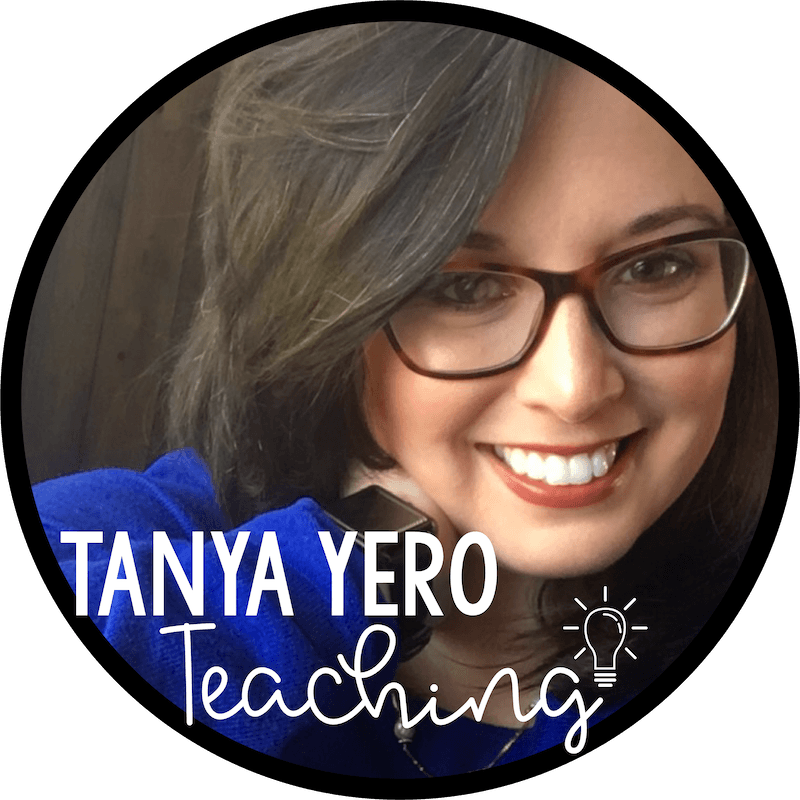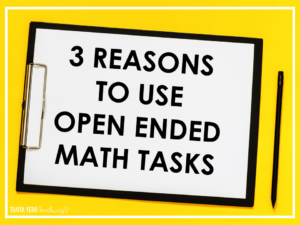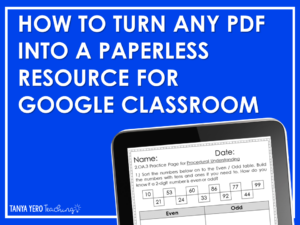A guest blog series by Stephanie George
Building a Curriculum for Home School
Building a curriculum for home school can seem like a daunting task, but there are actually quite a few full curriculum programs available to help you get started. As you acquire more confidence, you can branch out to try new programs that have worked for other home school families. Having a pioneer mentality, where you make a decision and go with it until it does not work anymore, helps as you choose what to teach your children.
Elementary Curricula
One of the common problems with elementary curricula, in my opinion, is that it tries to do too much. And, most home school teachers parents get nervous that they are going to miss some crucial instruction that will set their children back academically. I want to say very clearly that THIS WILL NOT HAPPEN!
At the elementary age, most of the learning should be discovery based—go to the library, to the zoo, to the museum, etc. Play at the park and pick up leaves to identify when you arrive back home. Read to your children ALL THE TIME! All kinds of books. The only subjects that should be non-negotiable to teach are math and language. These should be done on a daily basis.
Most elementary age children like to have consumable workbooks for math, books with colorful pages. A phonics program (like Hooked on Phonics) can help you teach your child to read, after which you just need to get books that will give your child reading practice.
Middle School Curricula
Middle school needs a more structured curricula than elementary—this is when you need to add a more formal science, history and a language if you feel capable of teaching one. The core classes for middle school should be:
Math, Language(with grammar), Science, History and Foreign Language(if you can do this and feel comfortable)
Math: 6-8 grade standard math; consider eliminating 8th grade math and replacing with Pre-algebra.
Language: Focus on strong grammar skills—they need to know nouns, verbs, direct object, indirect object, prepositions, clauses, and punctuation; and reading a variety of literature from historical fiction to nonfiction to science to any subject of interest.
Science: Because all of the core subjects in public school are cyclical, meaning they are repeated every four years, earth science, life science, etc. are great to incorporate. At this point science is still relatively informal, at maybe two days per week.
History: Start with your state’s history and expand into any history that is interesting to your child. History is a wonderful read aloud at lunch for all the kiddos to hear. You will be shocked at how much they retain.
Foreign Language: completely optional. This can be an online course or Rosetta Stone once per week. Exposure is what you are after.
High School Curricula
High school is when the serious record keeping begins as this is necessary for graduation and further schooling. There are many record keeping programs available online. You will want to keep samples of work from each subject, special projects and any test grades.
High School Core Classes: Core classes vary somewhat from state to state, but these are the standard 24 credits:
Math: 4 Credits include Algebra 1, Algebra 2, Geometry, Pre-Calculus, Calculus
If your child is not strong in math, after geometry can be Consumer Math or Math/Finance or Statistics
Language Arts: 4 Credits including Literature and Grammar
This includes World Literature, American Literature, British Literature
Science: 4 Credits of Physical Science, Biology, Chemistry, Environmental Science, Physics
History: 4 Credits including U.S. History, American Government, Economics
Foreign Language: 2 Credits of the same language in consecutive years
Computer Applications 1 Credit
Electives 5 Credits
Let’s take a minute to talk about Dual Enrollment, a program that allows high school students to take college classes (at a markedly reduced rate) for high school and college credit. Any community college, two year college and most four year universities have a Dual Enrollment program for high school students. This has the amazing benefit of allowing your child to experience and adapt to college level work while still at home. Once your child graduates from high school, he has earned high school credit and college credit for the same course, taking those credits into an actual college experience. This is a way to shave as much as a year from a traditional degree.
Building a curriculum can seem like a tricky problem, but there are educational guides for each state for reference. One of the best ways to find great curricula is to ask other home school parents what has worked for them. Just remember that you will never cover all of the information that exists on a subject, but you are creating “life-long learners” who can access information for themselves!






